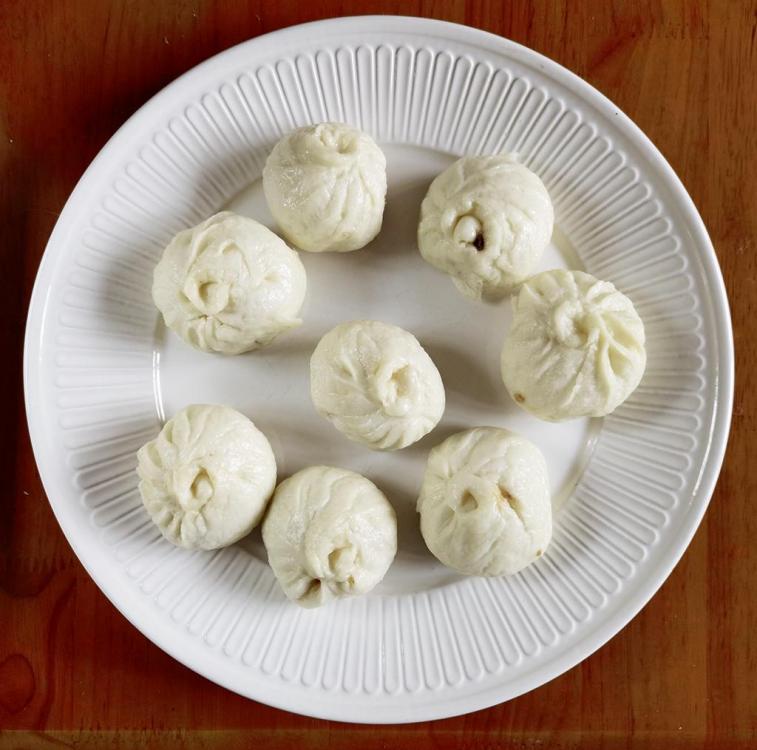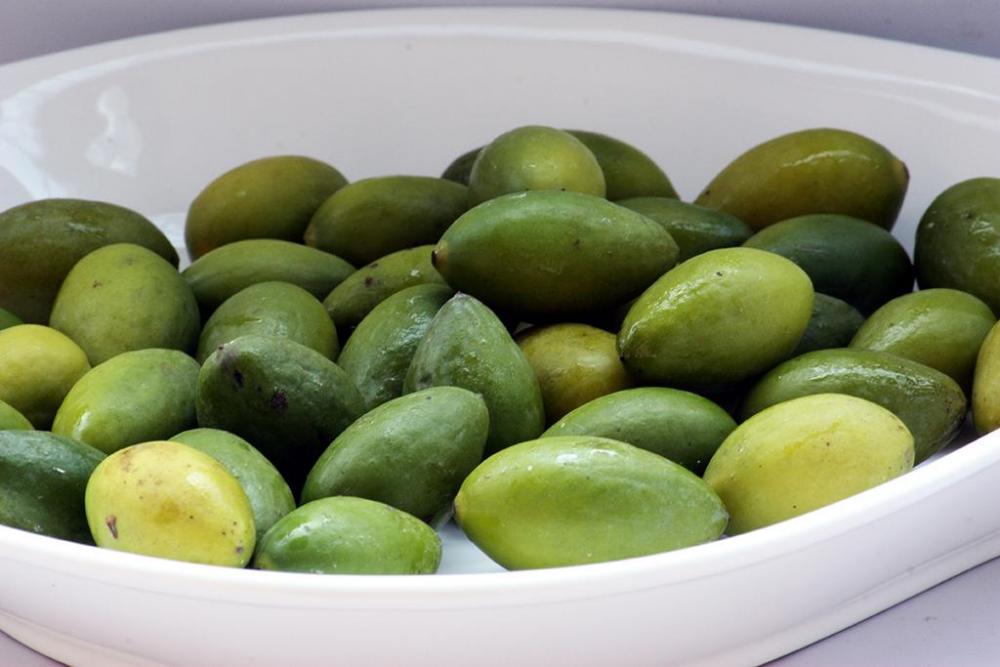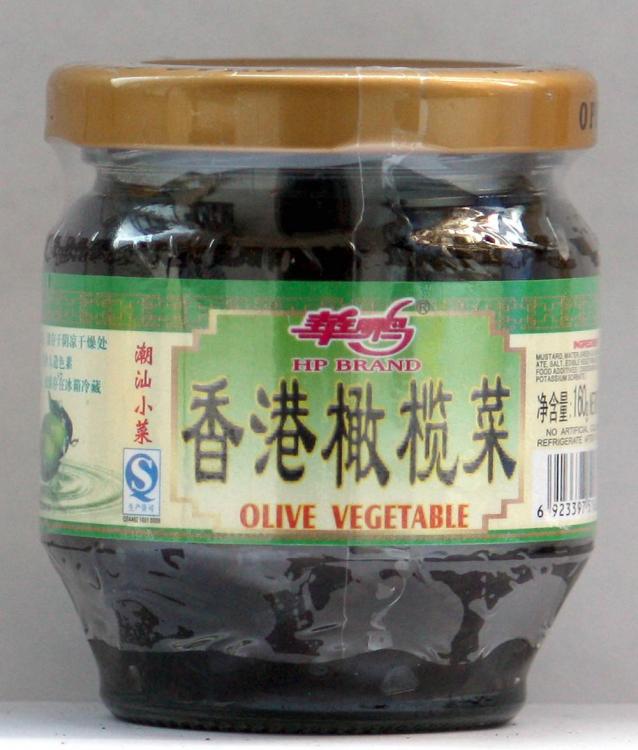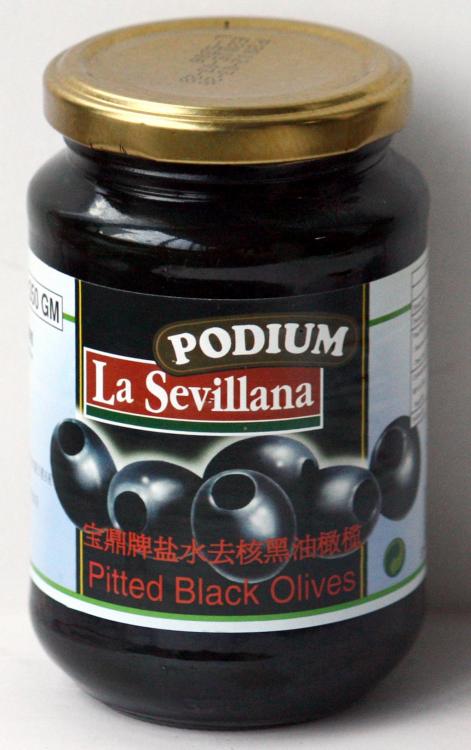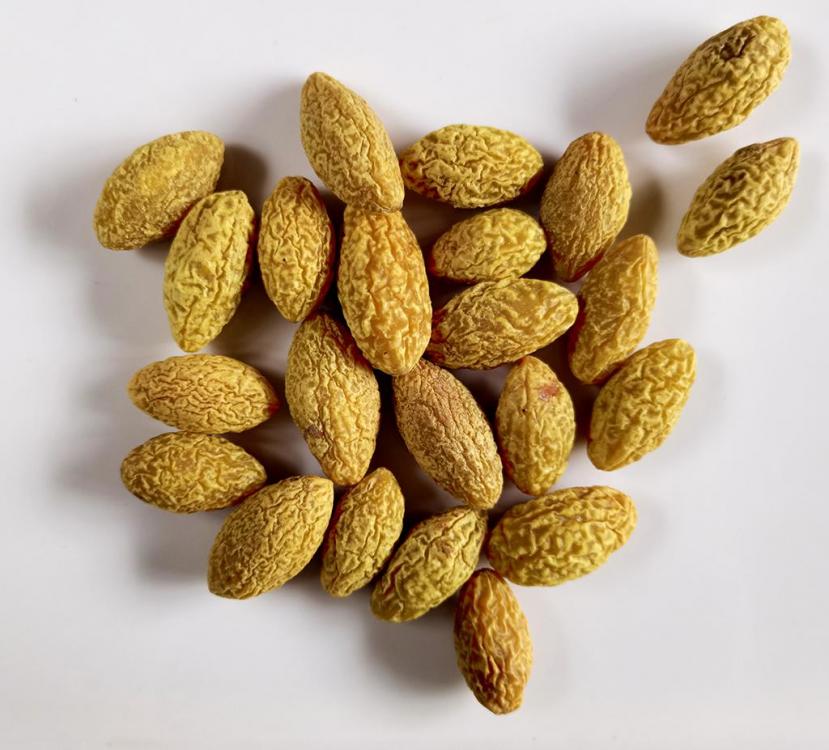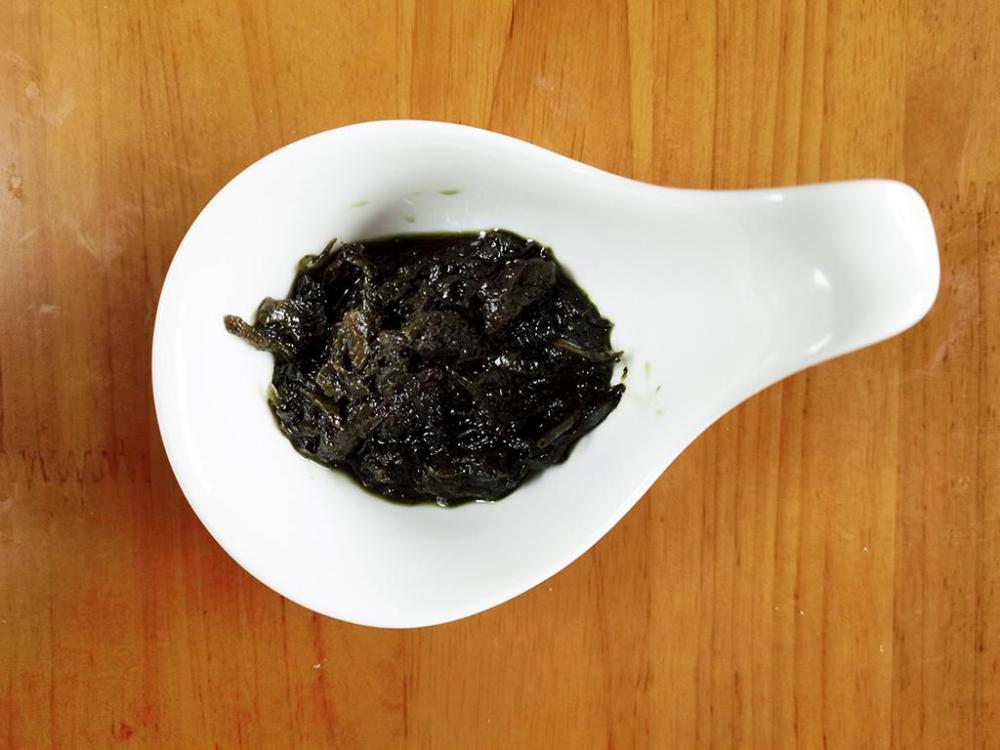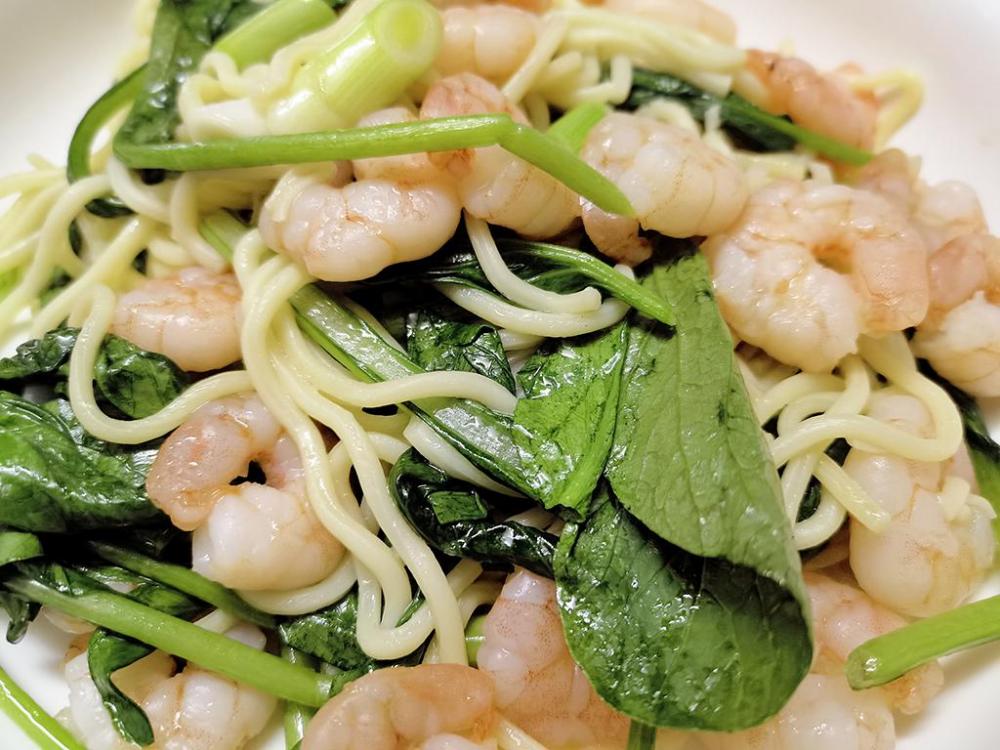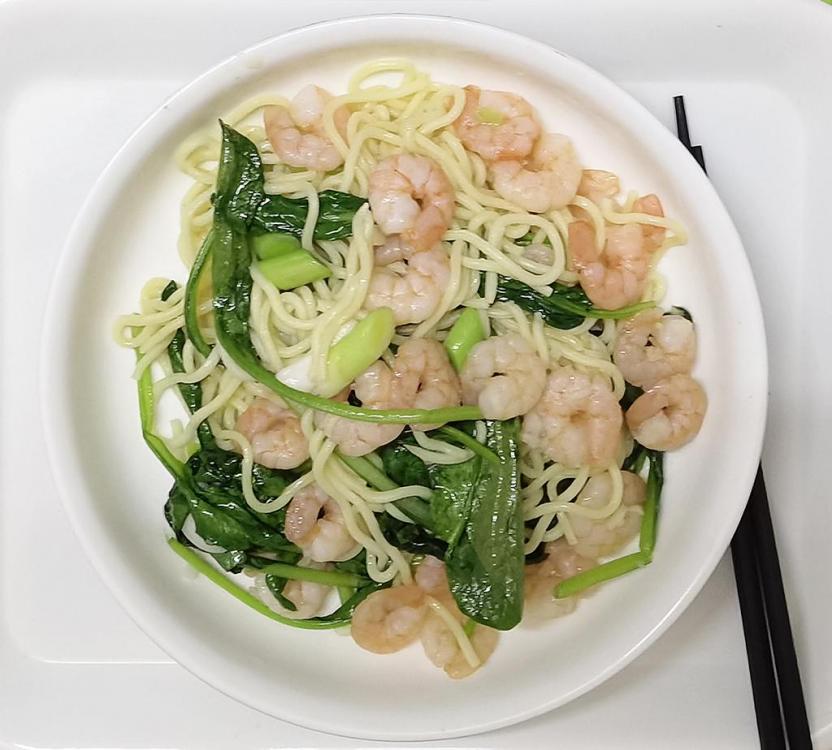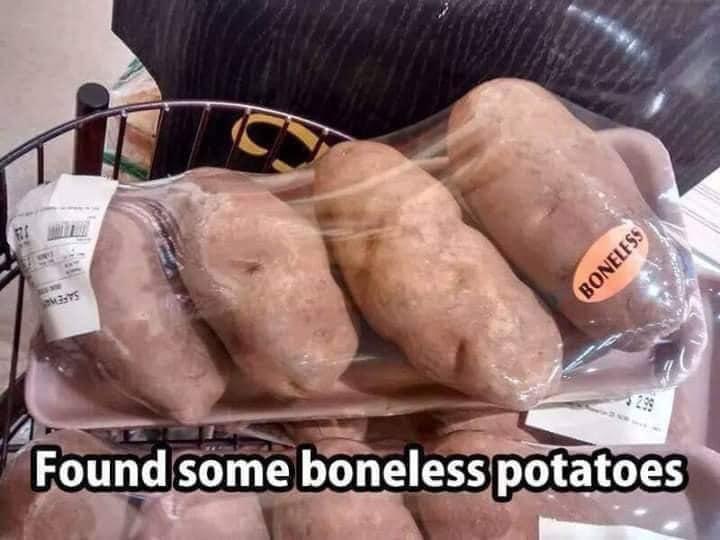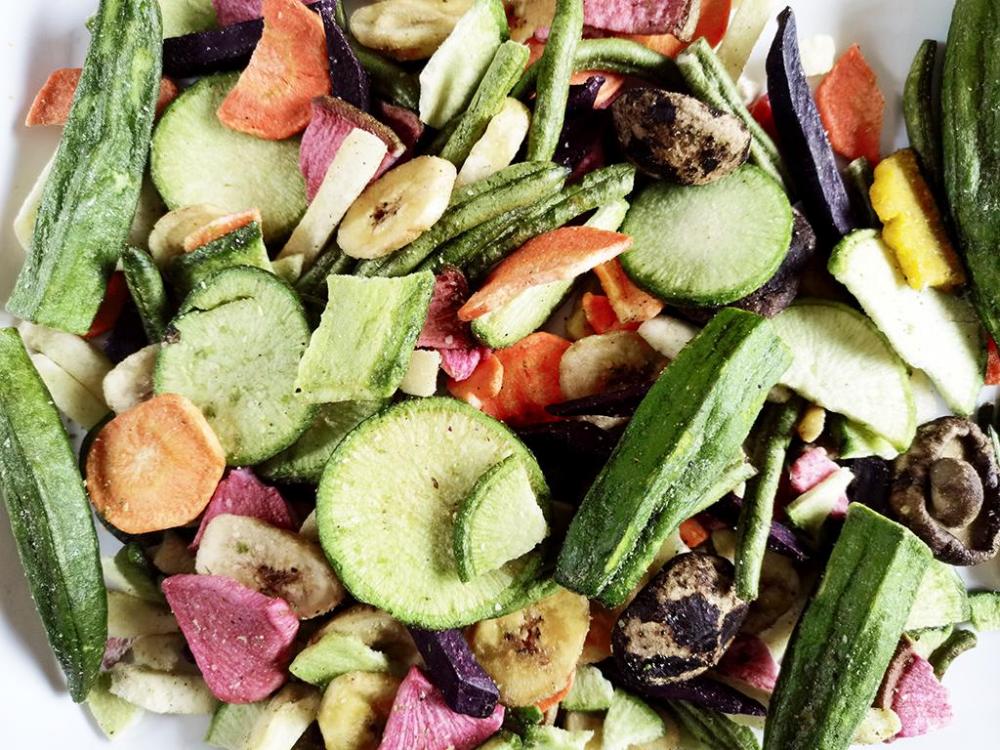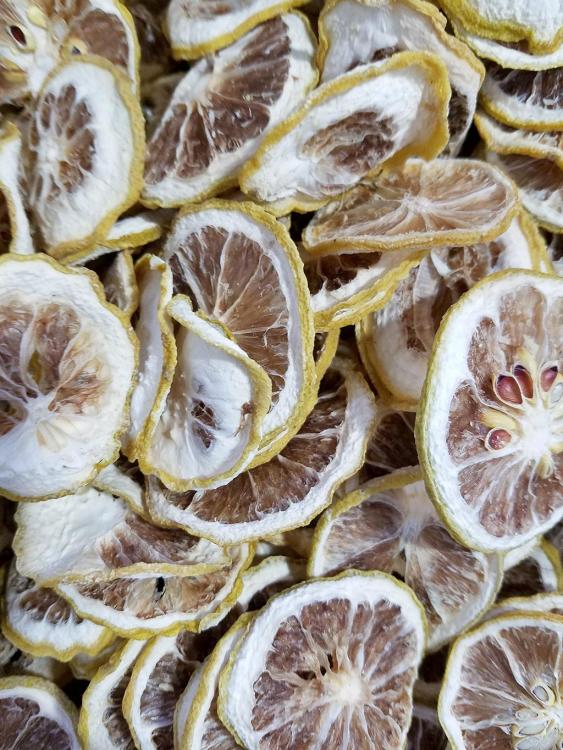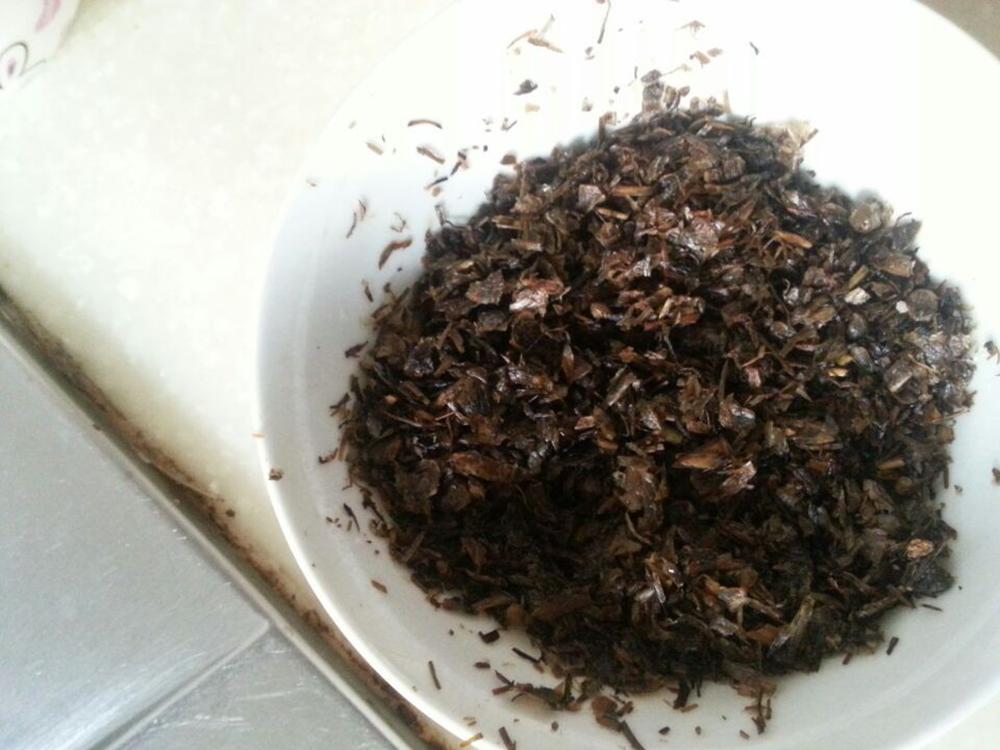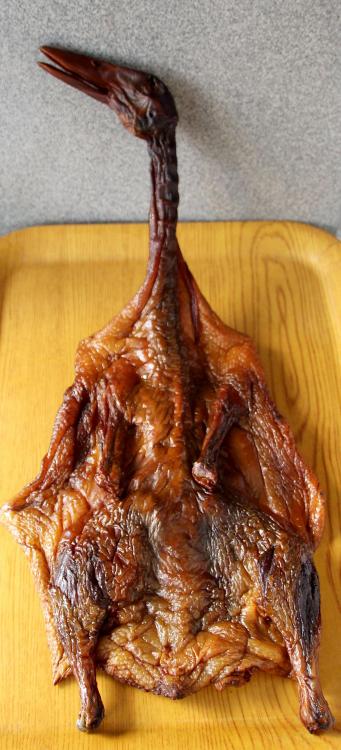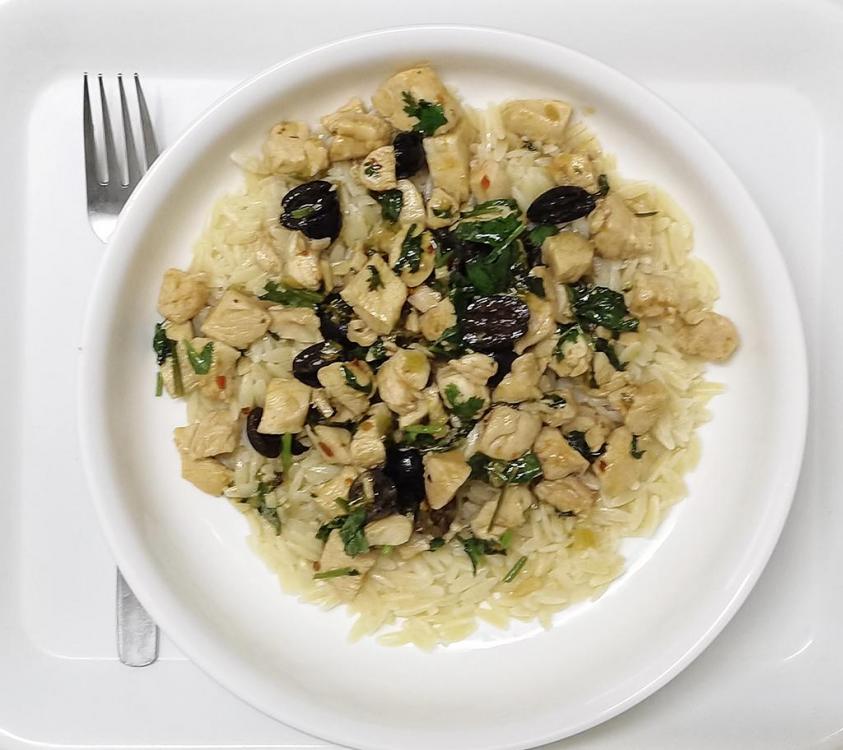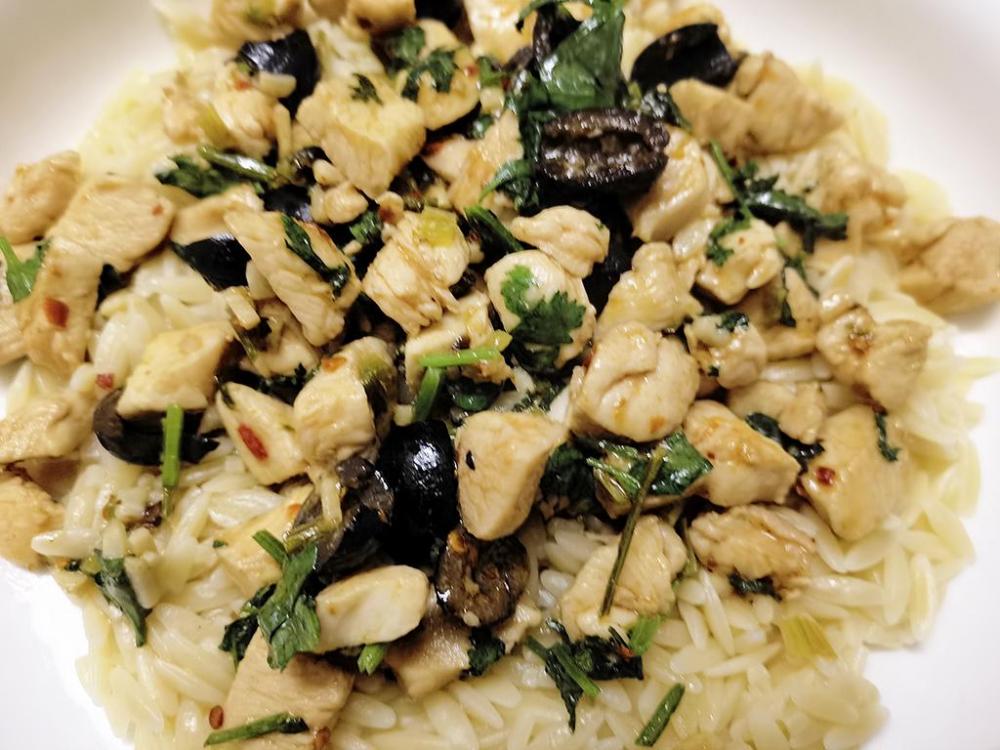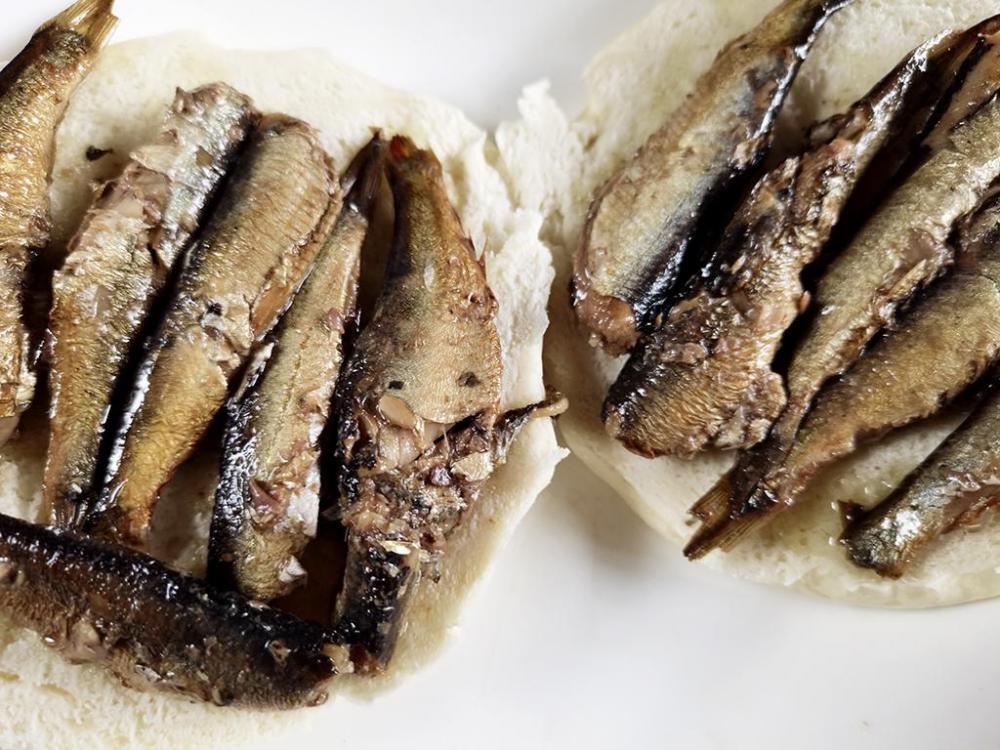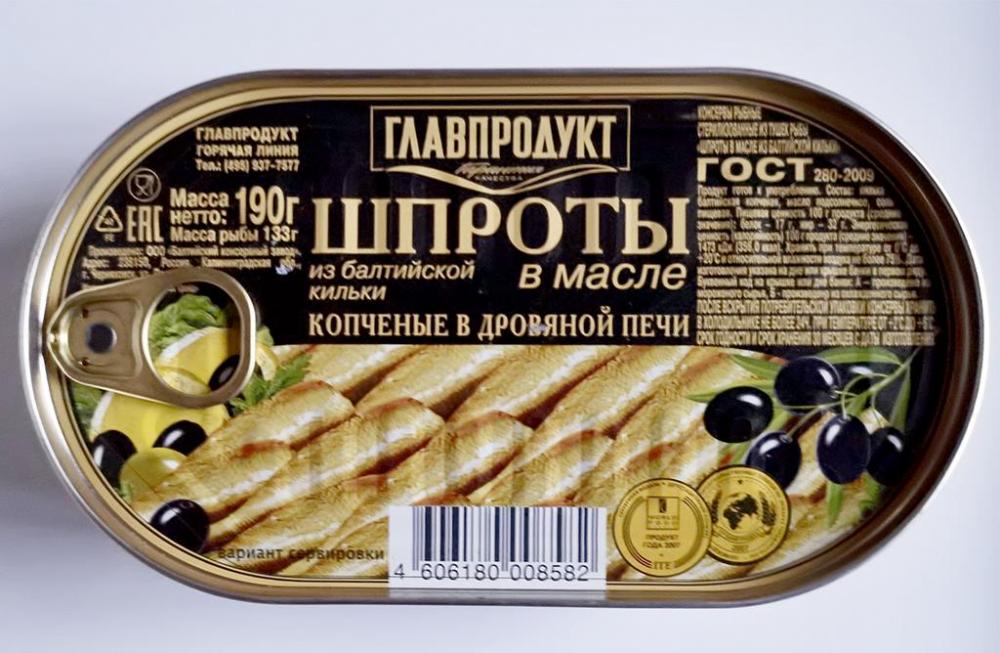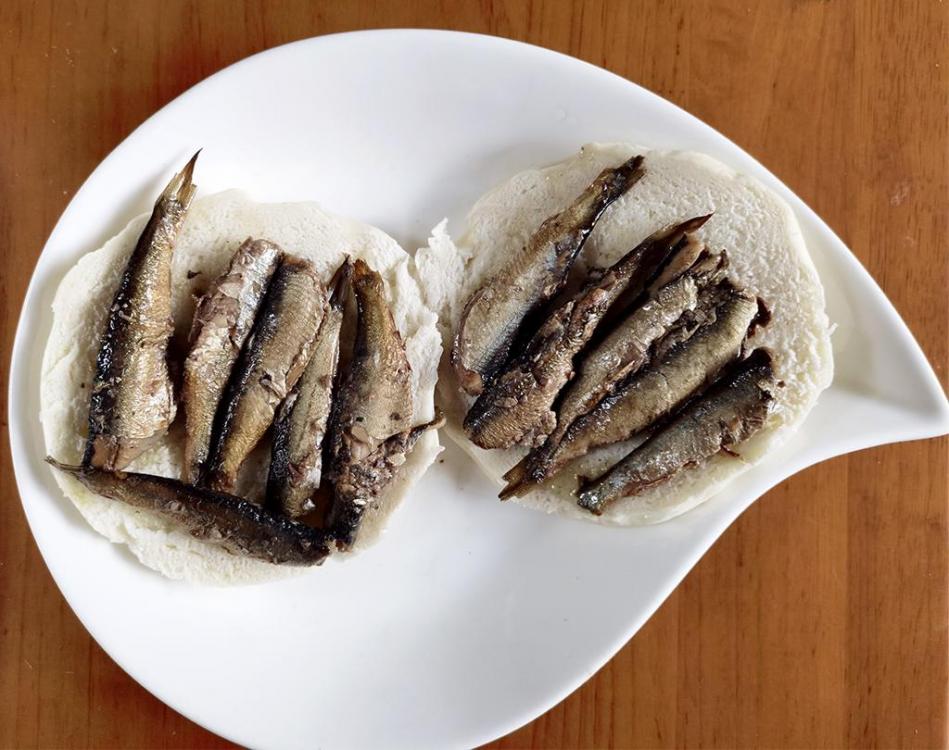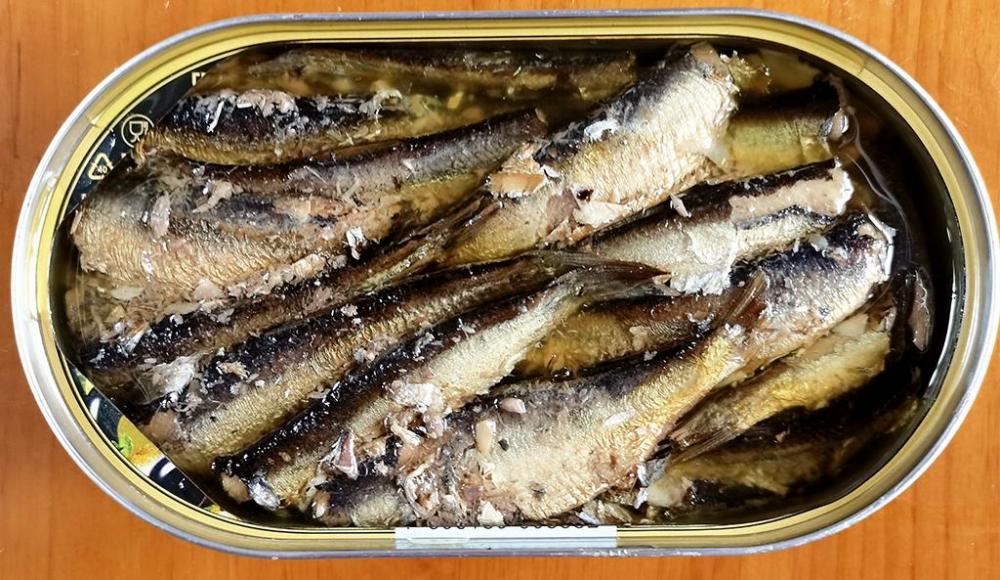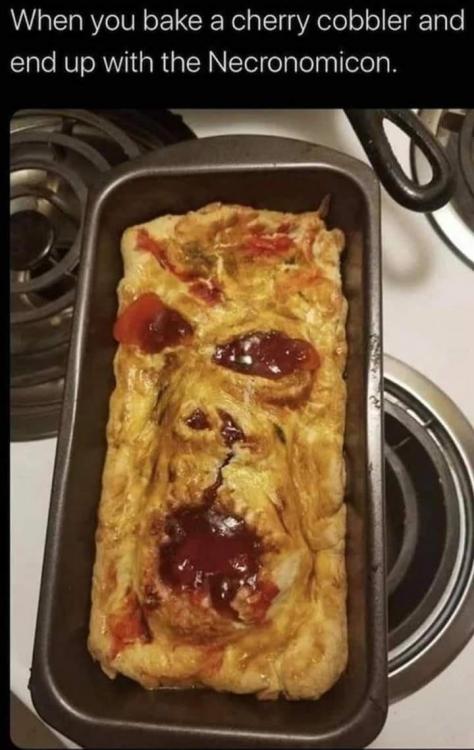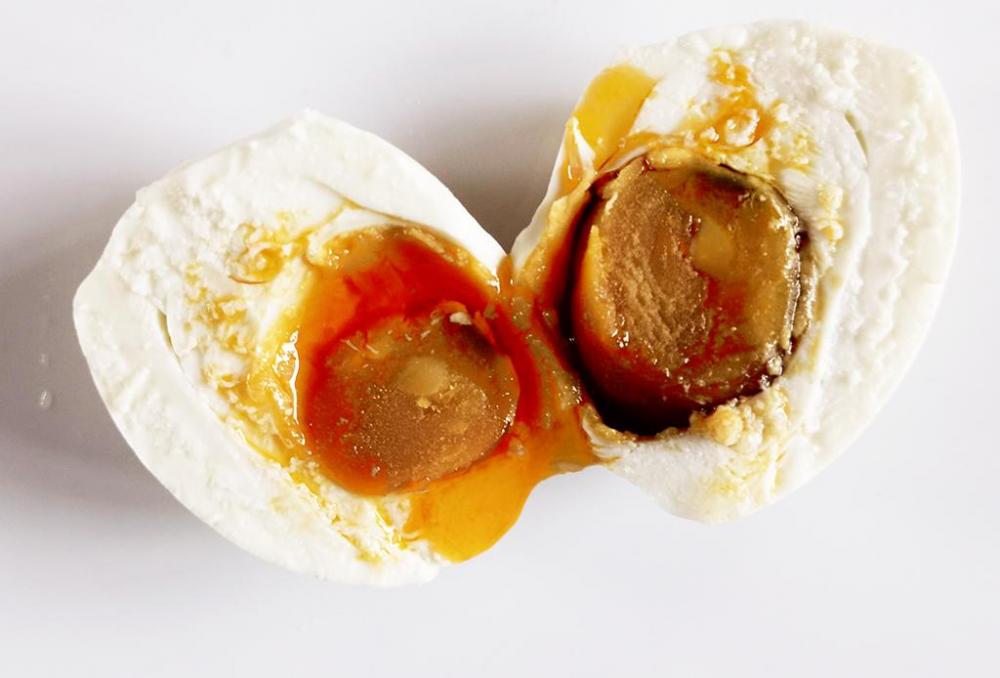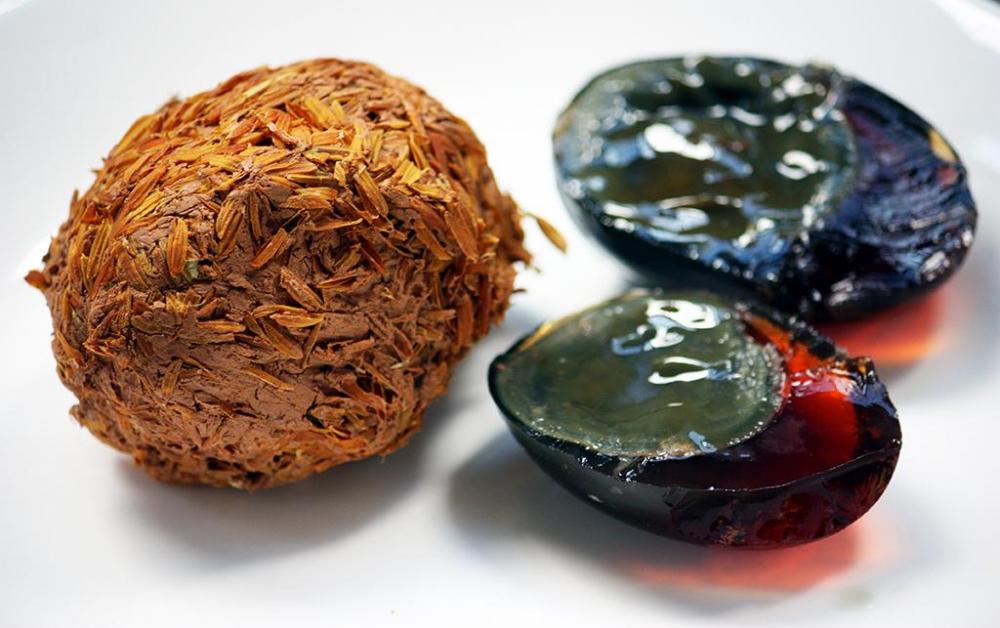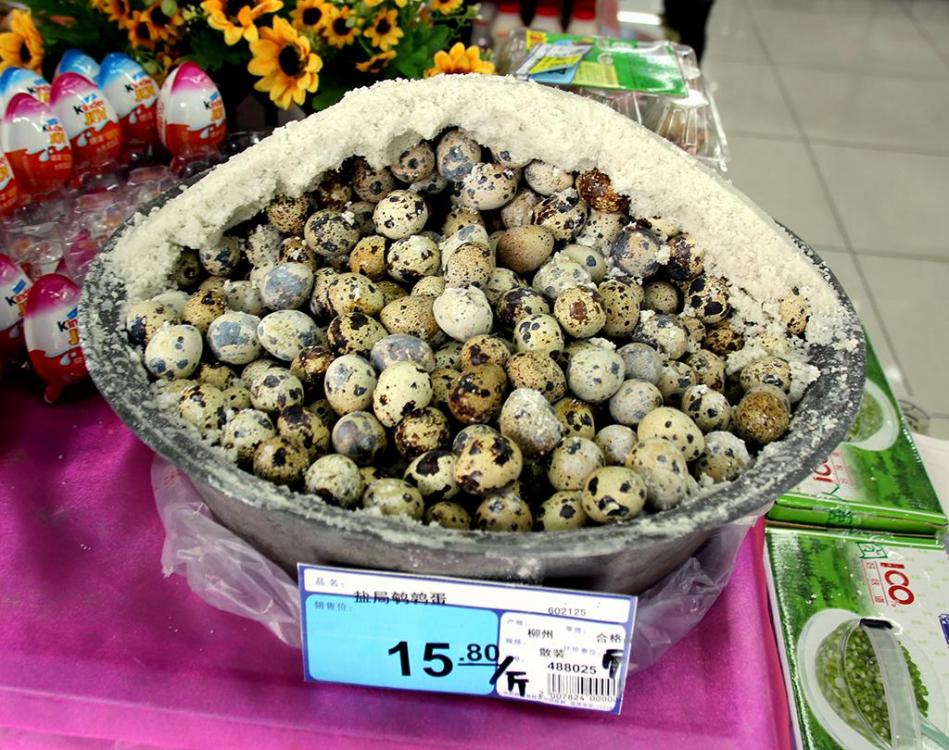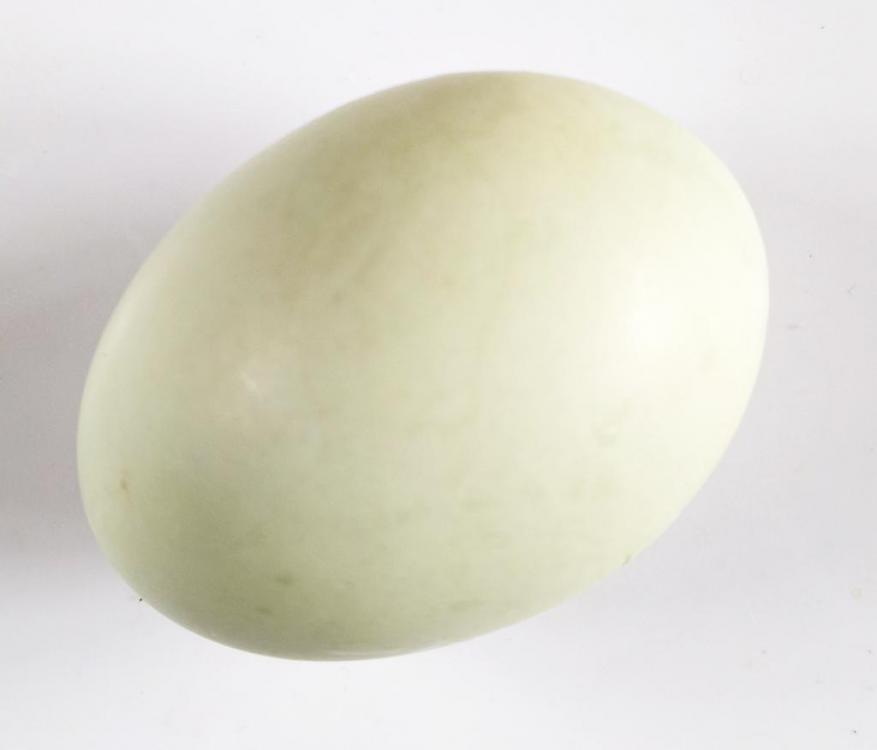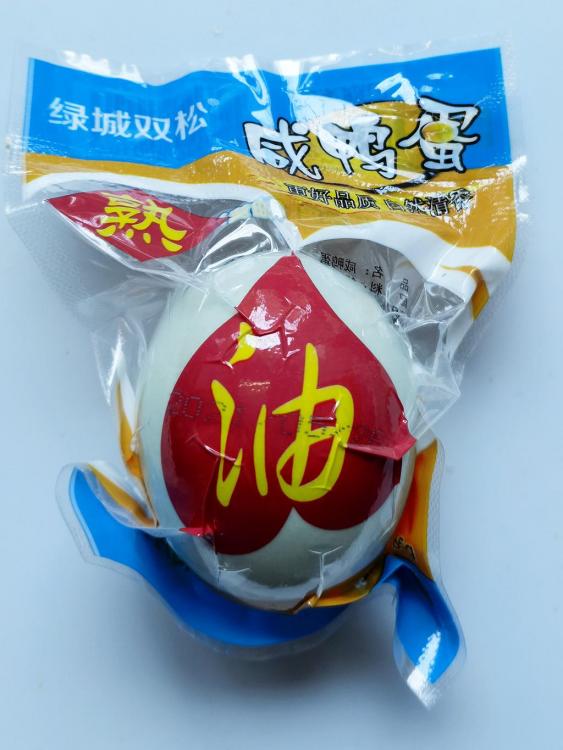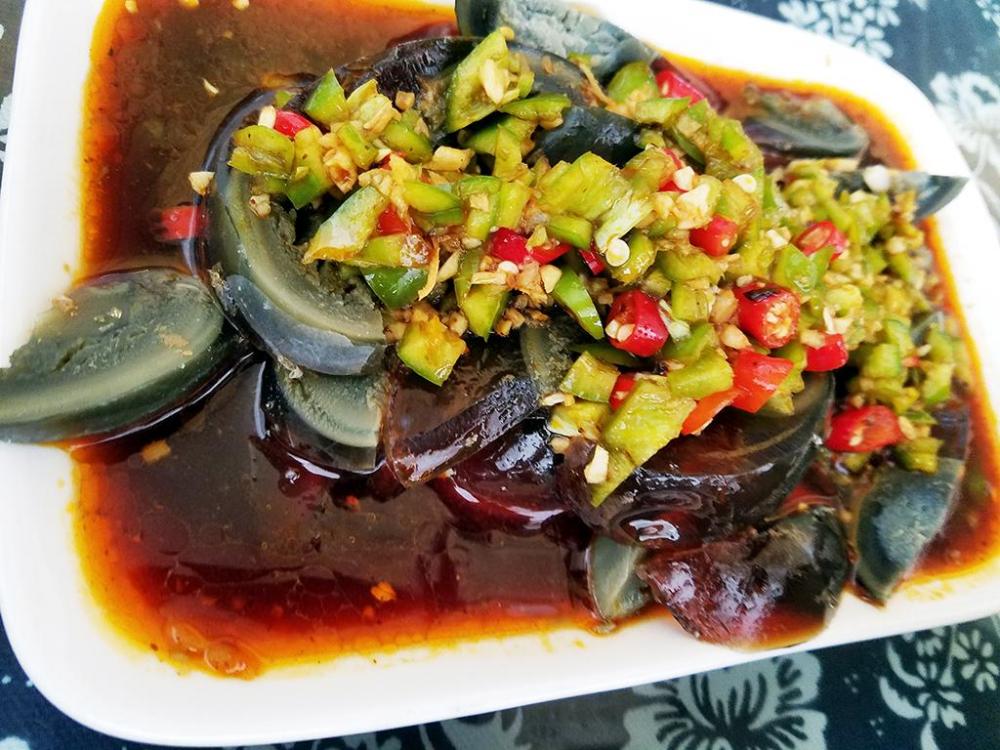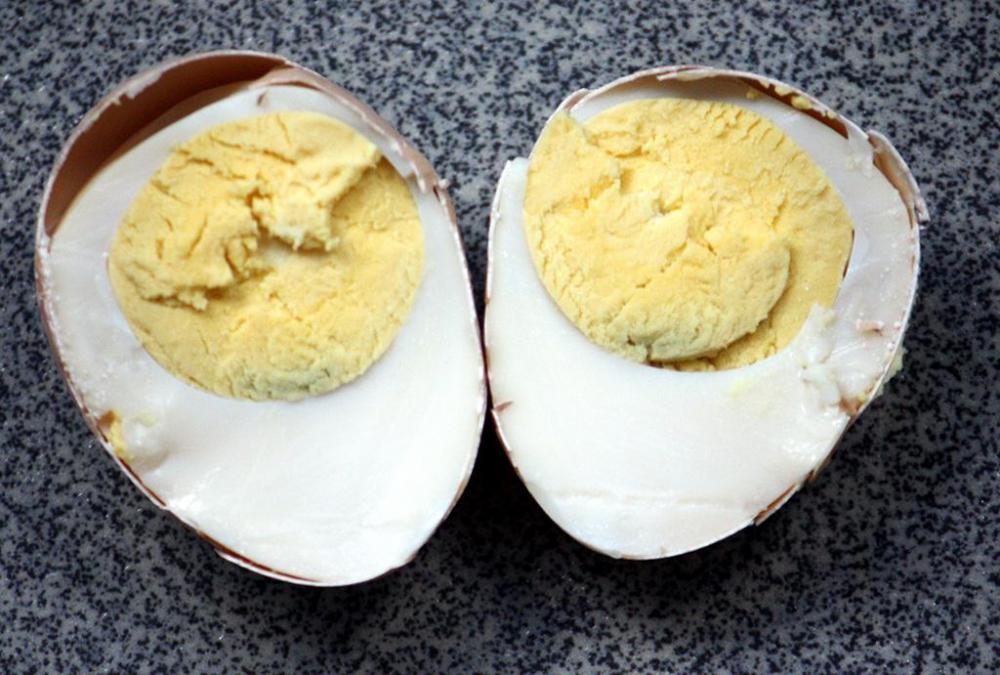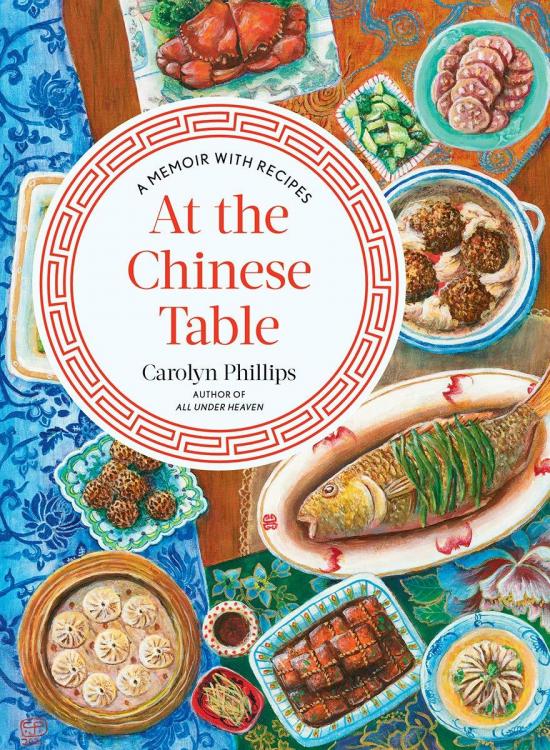-
Posts
16,656 -
Joined
-
Last visited
Content Type
Profiles
Forums
Store
Help Articles
Everything posted by liuzhou
-
Yes, bottled in Spain and imported. As to preference, definitely the imported, even though they are far from the best. I don't really like the Chinese ones, although I do use the 'olive vegetable' sometimes.
-
I was just sitting here thinking that I have another entry for my China Food Myths topic, which I'll address tomorrow. If I get it right, that will answer your question. For now, please just let me say they are related.
-
That very much depends on many different factors. What type of restaurant? What cuisine? What opening hours? How many covers? How much prep is required? Is the chef also responsible for purchasing and stock control etc? Is the chef responsible for any other areas? I'm sure others can think of more variables.
-
-
37. 橄榄/橄欖 (gǎn lǎn) – Chinese Olives Chinese Olives The first thing to say about Chinese olives is that they aren’t olives at all. They are the fruit of Canarium album a tree native to S-E Asia, whereas true olives are the fruit of Olea europaea, a small tree native to Mediterranean Europe. In their untreated state, they do look similar, but that’s all. They have a strong, resinous flavour. A common use is in the form of a paste known as 橄榄菜/ (gǎn lǎn cài) which means ‘olive vegetable’. The olives are mixed with green mustard leaf and cooked with soy sauce and salt, then bottled. The dark green paste is most popular in Cantonese speaking areas and especially in Hong Kong (the jar in the image below is labelled 香港橄榄菜/香港橄欖菜(xiāng gǎng gǎn lǎn cài), 香港 (xiāng gǎng) being the Mandarin for ‘Hong Kong’. Chinese Olive Vegetable The paste though, originated in 潮州 (cháo zhōu) city in eastern Guangdong province with its own distinct cuisine and language, so is a subset of Cantonese cuisine. The paste is used in stir fries and with egg fried rice. The olives are also preserved by being candied. These are everywhere as snacks. These below are 甘草橄榄/甘草橄欖 (gān cǎo gǎn lǎn), which means ‘licorice olives’, the olives are preserved with licorice, salt, sugar and more chemical preservatives and sweeteners that I can be bothered to list! Industrial food. 甘草橄榄 (Licorice Olives) Talking of which, the Chinese olives are also used in the manufacture of printing inks, soaps and varnish. They are also used in Traditional Chinese Medicine (TCM), but everything is. Low quality European olives are also available here, usually Spanish and bottled; sometimes canned. They are known as 油橄榄/油橄欖 (yóu gǎn lǎn), meaning ‘oil olive’, which further confuses the issue as the Chinese ones are also sometimes pressed for their oil. Note: Where I've given two Chinese names, the first is the Simplified Chinese as used on the Chinese mainland, Malaysia and Singapore; second is the Traditional Chinese used in Hong Kong, Macao and Taiwan and among some of the Chinese diaspora. If I've only given one, that means they are the same.
-
It's been 38℃ most of the day. 20:35 now and still 35℃. Not much cooking going on. Rustled up this quickish. Stir fried hand-pulled noodles, shrimp, garlic, ginger, scallions and what we call 'baby bok choy', but may well not be what you call 'baby bok choy'.
-
Most are called noodles, but there are exceptions. Someone, not so long ago, posted on another topic that noodles were the only type of 'pasta' in China, but soon shut up when I posted pictures of non-noodles pastas. I forget which topic. Noodle/pasta certainly existed in China long before in Italy. These ossified noodles, found in China, are about 4,000 years old according to the boffins.
-
I was going to post this in the Food Funnies topic but then I read this. Half cooked and half raw: the Irish tradition of potatoes with a moon
-
Last night (Beijing time) I was asked by @Tropicalseniorto start a topic covering China's noodles dishes. I apologised but explaned that that would be a never-ending task. There are thousands! Later, thinking about it, I thought maybe I could just do Guangxi, where I live. So, this morning I sent out an SOS to all my friends on WeChat, China's equivalant of Facebook combined with Twitter and much more. Within minutes I had this list. They are still coming. I have given the city where they are considered to be local. 武鸣榨粉 (wǔ míng zhà fěn) pressed rice noodles from Wuming, Nanning 宾阳酸粉 (bīn yáng suān fěn) sour noodles from Binyang, Nanning 北海蟹仔粉 (běi hǎi xiè zǎi fěn) crab noodles from Beihai 北海猪脚粉 (běi hǎi zhū jiǎo fěn) pig foot noodles from Beihai 玉林牛腩粉 (yù lín niú nǎn fěn) beef tenderloin noodles from Yulin 玉林牛巴粉 (yù lín niú bā fěn) beef jerky noodles from Yulin 柳江三都镇烧鸭粉 (liǔ jiāng sān dū zhèn shāo yā fěn) duck noodles from Liujiang, Liuzhou 狗肉粉 (gǒu ròu fěn)dog meat noodles from Dongquan, Liuzhou 钦州猪脚粉 (qīn zhōu zhū jiǎo fěn) pig foot noodles from Qinzhou You will notice both Beihai and Qinzhou are claiming pig foot noodles, but they are adjacent prefectures on the coastline of the Gulf of Tonkin near the border with Vietnam. Which one wins, I will leave for others to decide. There are other cities yet to come. I'll edit and update as and when. Also many noodles dishes are not specific to one place. A few of these I've never had, but I'm on the lookout.
-
Anything wet can be dried or so it seems round here. All sorts of things are dried. Vegetables, fruit, meat, flowers, fish. Here are some. Dried mixed vegetables with a couple of fruits thrown into the mix. I'll let you play the identification game. Dried Lemon Slices Dried Wild Onions For some reason this is called 'Ignorant Old Woman Duck'
-
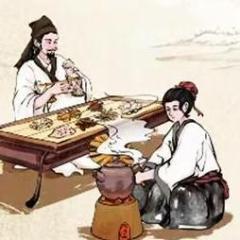
Revealed: seafood fraud happening on a vast global scale
liuzhou replied to a topic in Kitchen Consumer
Only if those fish are accurately labelled. The problem is that often the labels are wrong! -
Doing a feature on the noodle dishes of China would take me the rest of this life and most of the next! Every town has its own specialty. Or three. The orzo pasta is not well-known here. I'm just lucky I have access to a food import store; unluckily it is expensive. I can also find it online. Anytime I show it on Chinese equivalents of Facebook etc., local friends say there is something wrong with my rice and then I have to explain. The only Italian type of pasta everyone knows is spaghetti. In fact they call it 意大利面粉, which just means 'Italian pasta' like it's the only one!
-
-
-

Revealed: seafood fraud happening on a vast global scale
liuzhou replied to a topic in Kitchen Consumer
Bought these today. Advertised as sardines in olive oil. Well, they got olive oil right. They aren't sardines; they are sprats. Nothing wrong with sprats. It's OK. I knew they weren't sardines. I can read Russian (very rustily) so I am sure they are labelled correctly as sprats, but the advertising still irks me. -
36. 咸蛋 (xián dàn) – Salted Eggs Another very common practice in China is to preserve eggs. I have mentioned before, at some length, so-called century eggs (皮蛋 - pí dàn) in the China Food Myths topic, but that is not the only way they are done. So here, I’ll avoid repetition and just post these couple of pictures. 皮蛋 - pí dàn 皮蛋 - pí dàn served with pickled chiliesand garlic 咸蛋 (xián dàn) – salted eggs are just as common. Duck eggs are the most common, followed by quails eggs then chicken eggs. There are at least three methods of producing these: brining them in a salt solution, or packing them in a salt and charcoal mixture, which is later washed off, or as I see around here more, just packing them in salt. They are left for around 3 to 4 weeks before being ready. Today most people buy them in supermarkets or markets. Although they are relatively easy to make at home, convenience takes over. Also, they are so cheap, why go to all the bother? You have to be careful in Chinese stores when buying eggs. What look like ordinary fresh eggs are often anything but. Fresh or preserved? It's salted. 咸鸡蛋 (xián jī dàn)- salted chicken egg 咸鸭蛋 (xián yā dàn) salted duck egg 咸鹌鹑蛋 (xián ān chún dàn) - salted quail eggs in supermarket The salted duck eggs are also individually shrink wrapped and sold as snacks. Shrink wrapped salted duck egg.
-
I know how to make them, thanks, and often do. Still say those in that place I linked to are the best I've eaten. Also, many of the traditional accompaniments are difficult to source outside Vietnam. 'Exotic' just means 'I can't find these where I am'. Where I live, 'mac and cheese' is considered exotic and sounds disgusting.
-
More of a memoir than a cookbook, eG member Carolyn Phillips' At the Chinese Table: A Memoir with Recipes (eG-friendly Amazon.com link) is on my wish list. Review here.
-
Sadly, my local Vietnamese restaurant doesn't have bánh xèo, either. Fortunately, Vietnam is just down the road. Or will be when we can travel again. The best bánh xèo I've eaten were these in Ho Chi Ming City(Saigon). The restaurant only does that one dish.
-
Actually, it was invented by a farmer, although now belongs to a large whisky group. See here for the history.






